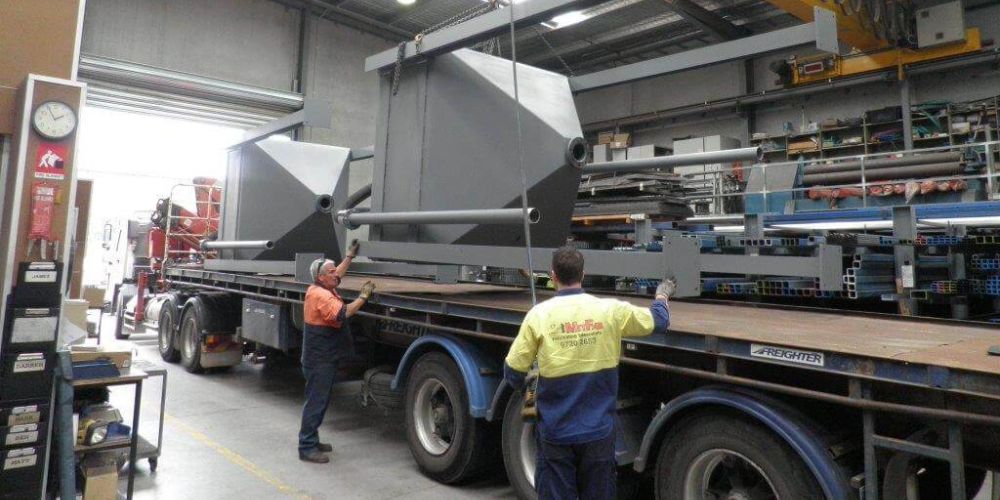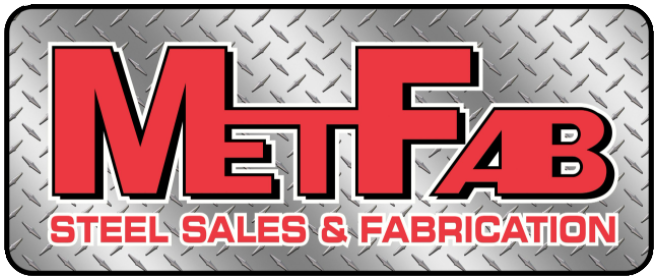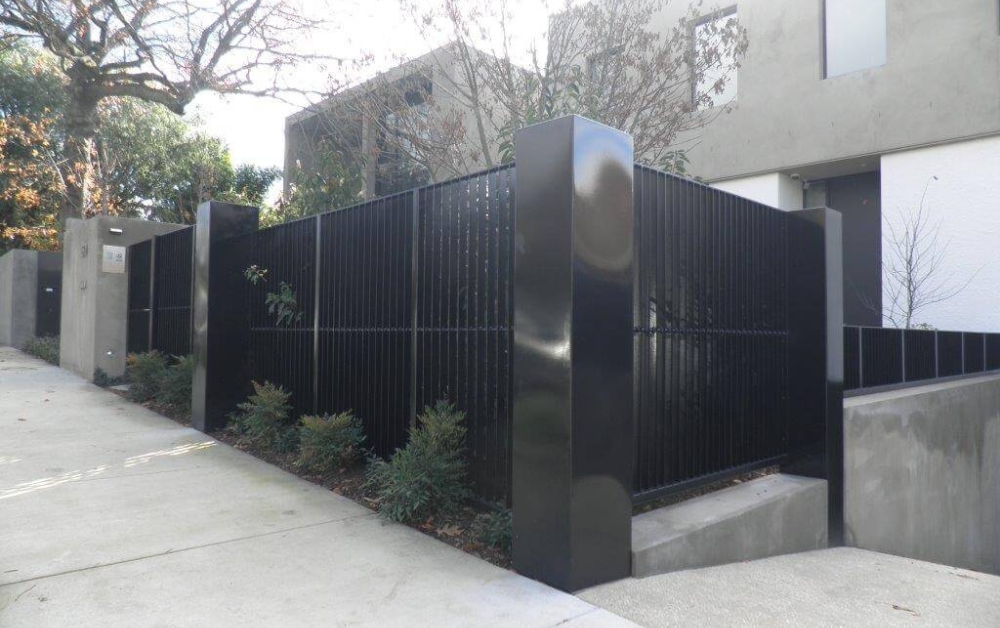Metal Fabrication Cost: How Much To Expect?
Metal fabrication costs vary depending on a few factors impacting the entire pricing. The ultimate cost is determined by the type of materials used and their quality, as well as the complexity of the design. Understanding the costs of a metalworking project is critical if you are considering one.
In this article, we'll break down the price-determining factors to help you estimate how much you'll need to budget. So, let's dig in and unravel the complexities of metal fabrication prices, ensuring you have the knowledge you need to begin your metalworking journey confidently.
Common Types of Metal Fabrication Process and Its Costs
Each project is different. Project expenses might vary depending on several variables, including market fluctuations, price variations, sheet metal availability, etc. Although we intended to assist you in obtaining an estimate, it does not represent a guaranteed price. You must compare quotations from several freelancers or businesses to know the current price.
Metal fabrication forms and manipulates metal into various structures and products. Here are some examples of popular metal production processes:
Cutting:
Cutting is the first process in metal manufacturing, and it involves dividing metal sheets, plates, or bars into desired forms and sizes. Sawing, shearing, and sophisticated techniques such as laser cutting or plasma cutting are all common cutting procedures.
Costs: The cost of cutting metal sheets or bars can range from $0.50 to $2 per linear inch, depending on the type and thickness of the metal and the cutting method used. It can also go from $20 to $30 per hour.
Welding:
Welding is the process of melting and fusing two or more metal parts. It entails the use of heat and, sometimes, the insertion of filler material. MIG (Metal Inert Gas), TIG (Tungsten Inert Gas), and arc welding are all welding processes.
Costs: The welding process, project complexity, and required time affect welding prices. Basic welding services typically cost between $50 to $150 per hour, whereas more complex or specialized welding procedures may cost as much as $200 per hour.
Bending:
Bending is the deformation of metal sheets or profiles to create curved or angled forms. This is often accomplished using specialized apparatus such as press brakes, rollers, or tube benders.
Costs: Metal bending and shaping costs vary depending on the type of metal, thickness, and intricacy of the shape. Basic bending services can range from $1 to $5 per bend, while more intricate or custom-made forms can go much more.
Forming:
Metal is formed by exerting pressure without removing material. It incorporates techniques including rolling, stamping, and deep drawing. Rolling generates cylindrical shapes by pushing metal against a die, stamping produces flat or three-dimensional structures by pressing metal against a die, and deep drawing makes hollow shapes by drawing metal into a die chamber.
Costs: The price of metal forming procedures, such as bending, rolling, deep drawing, stamping, and extrusion, might differ based on the kind of metal, the intricacy of the shape, the volume of production, and the technique of choice. Depending on the size and intricacy of the product, sheet metal shaping generally ranges from $1 to $10 per bend or roll. Depending on the item's complexity, the material, and the tooling configuration, the cost of deep drawing might range from $100 to $500 per hour. For simple applications, stamping expenses range from $0.10 to $1 per item, while more sophisticated or high-volume stamping might result in greater costs. Depending on the intricacy and size of the profile, extrusion expenses generally range from $5 to $20 per pound of material.
Machining:
Machining removes material from a metal workpiece using cutting tools to get the desired form. Milling, turning, drilling, and grinding are all common machining techniques in metal manufacturing.
Costs: The complexity of the component, the number of operations needed, and the machining technique are all factors that affect machining costs. Simple machining tasks like milling or turning can cost between $40 and $120 per hour, but more difficult or precise machining might cost between $120 and $200 per hour or more.
Assembly:
Assembly is the process of connecting several produced metal components to form a finished product. This can be accomplished via welding, fasteners such as screws or bolts, or riveting or adhesive bonding methods.
Costs: The size and complexity of the assembly process affect assembly costs. Assembling services typically cost between $25 and $100 per hour, depending on the number of components and level of accuracy needed.
Finishing:
Finishing procedures are used to enhance the aesthetic and protect the metal surface. This might include sanding, grinding, polishing, or adding paint or powder coatings.
Costs: Depending on the size, complexity, and desired finish quality of the parts, finishing procedures like painting, powder coating, or plating might range in price. While more specialized or high-quality finishes can cost $5 to $10 per square foot, basic finishing services can start as low as $1 to $3 per square foot.
These are only a handful of the several metal production technologies accessible. Each procedure has a distinct function and is chosen depending on the intended output and the properties of the metal being worked with. Skilled metal fabricators use various procedures to construct everything from basic brackets to massive equipment and structures.

Factors Affecting Metal Fabrication Costs
Several factors can affect the costs of metal manufacturing projects. Understanding these aspects is critical for accurately anticipating and managing spending. The following are the major factors that might influence metal manufacturing costs:
Material Selection
The type of metal used in a project considerably influences the cost of manufacture. Different metals have different costs per unit of weight, availability, and manufacturing ease. Precious metals and high-performance alloys are often more expensive than ordinary metals such as steel or aluminium.
Design Complexity
The design's complexity is important in determining manufacturing costs. Complicated and complicated designs sometimes need more time, labour, and specialized equipment, resulting in increased expenses. Simple and uncomplicated designs, on the other hand, are less expensive to manufacture
Scale and Quantity of the Project
The project's size and scope influence costs. Larger projects may need more material, longer processing periods, and more labour, which can increase costs. Similarly, producing more components or goods frequently results in economies of scale, lowering the overall cost per unit.
Production Processes
The prices associated with various fabrication procedures vary. Manual, labour-intensive procedures, such as hand welding or hand shaping, can be more time-consuming and expensive than automated or computer-controlled ones. The intricacy of the project as well as the needed precision, influence the production processes chosen.
Equipment and tools
Specialized tools, dies, moulds and equipment required for manufacture might raise costs. Custom tooling or the necessity to design special fixtures for a one-of-a-kind project might increase costs.
Surface Finishing and Treatments
Adding finishes or surface treatments to improve the look, prevent corrosion, or fulfil specific criteria might raise costs. Painting, powder coating, plating, and anodizing may require additional materials, labour, and equipment.
Requirements for Quality and Certification
Meeting specific quality standards or obtaining industry certifications may incur additional expenditures. Compliance with specific standards and the requirement for additional testing, inspections, or paperwork can influence final project costs.
Geographical Area
The cost of metal fabrication might vary depending on the fabrication business's location. Labour rates, overhead expenses, and local market conditions can influence pricing.
Geographical Area
The cost of metal fabrication might vary depending on the fabrication business's location. Labour rates, overhead expenses, and local market conditions can influence pricing.
Tips for Cost Optimization in Metal Fabrication
There are various techniques you may use to optimize costs while fabricating metal. Here are some pointers to assist you in reducing the cost of your project involving metal fabrication:
Building Efficiency
Work closely with design engineers to ensure your project's design is optimized for affordable fabrication. Decrease material waste, simplify complicated designs, and reduce the number of parts or assembly steps needed. Costs can be reduced by designing with standardized dimensions and widely accessible materials.
Material Choice
Consider considering price, availability, and compatibility with the project's requirements while selecting materials. To strike a balance between performance and cost, examine several material possibilities. Adopting other metals or alloys can reduce costs without compromising functionality.
Improve Processes
Examine the fabrication procedures involved and look for ways to reduce or eliminate different phases. Utilize the most efficient cutting, shaping, and assembling methods to minimize material waste, lower labour costs, and boost productivity. Productivity and cost-effectiveness may frequently be increased with automation and modern production technology.
Batch Manufacturing
Instead of one-off or small-scale manufacturing, if it is possible for your project, think about batch production. Batch manufacturing enables more efficient resource use, economies of scale, and quicker setup times, which can result in substantial cost savings.
Vendor Selection
Compare fabrication companies' costs, capabilities, and lead times by requesting numerous estimates. Think about the vendor's track record, qualifications, and level of quality. Consider their capacity to satisfy the specifications and timelines of your project in addition to pricing, which is vital.
Value Engineering
Talk about value engineering with your fabricator. Work with them to develop substitute techniques, components, or design changes to reduce costs without sacrificing the end product's usability or quality.
Quality Control
Prioritizing quality might help prevent future expensive rework, repairs, or product failures. Ensure your fabrication processes follow industry standards and quality control procedures to reduce the chance of mistakes or defects resulting in extra costs.
Continuous Improvement
Review and evaluate your fabrication procedures often to find development opportunities. Ask for input from fabricators, staff, and customers to find possible cost-saving options and put them into practice continuingly.
FREQUENTLY ASKED QUESTIONS
Conclusion
For efficient project planning and budgeting, it's essential to understand metal manufacturing prices. The total costs are affected by several variables, including the choice of materials, the design's intricacy, the project's size, the production methods, and the vendor chosen. You may strive toward cost optimization in metal fabrication without sacrificing quality by considering techniques including planning for efficiency, optimizing material selection, simplifying processes, and participating in value engineering conversations.
We advise you to speak with reliable metal fabrication companies, get tailored quotations, and review your particular needs to start your project confidently. You may learn a lot by working closely with fabricators, looking for ways to decrease costs and ensuring your project is completed successfully and within your target budget.


